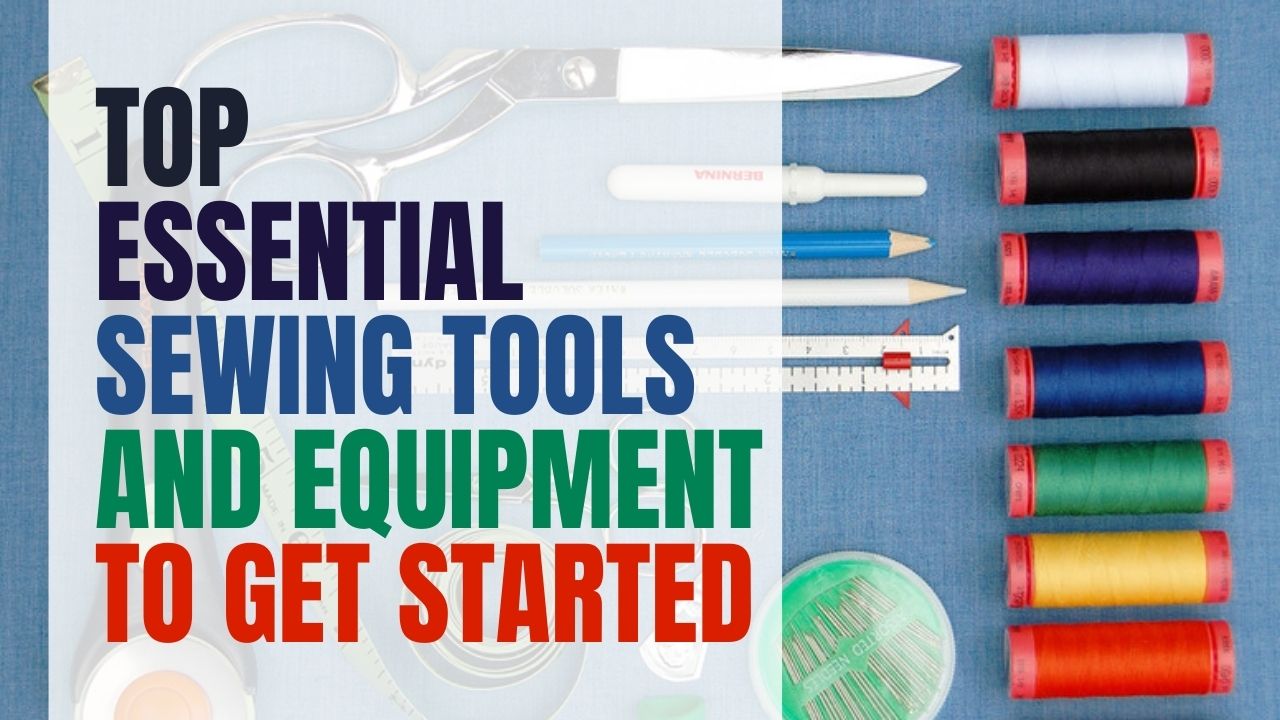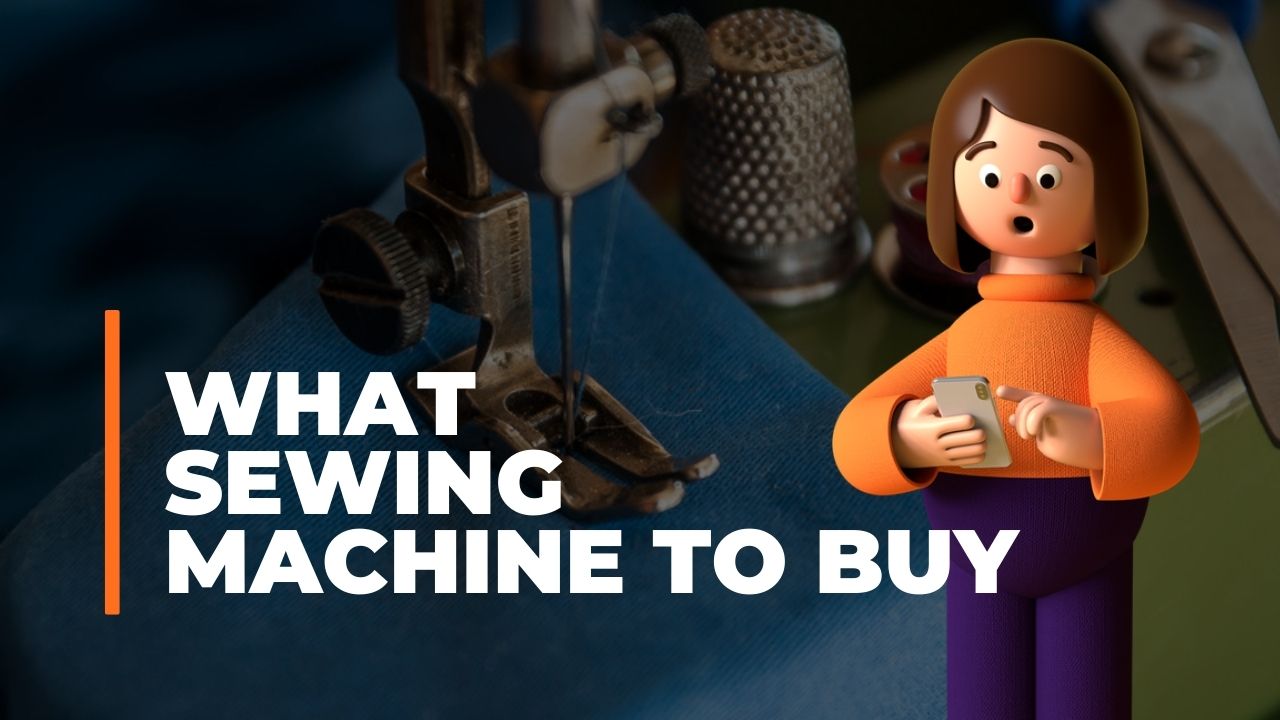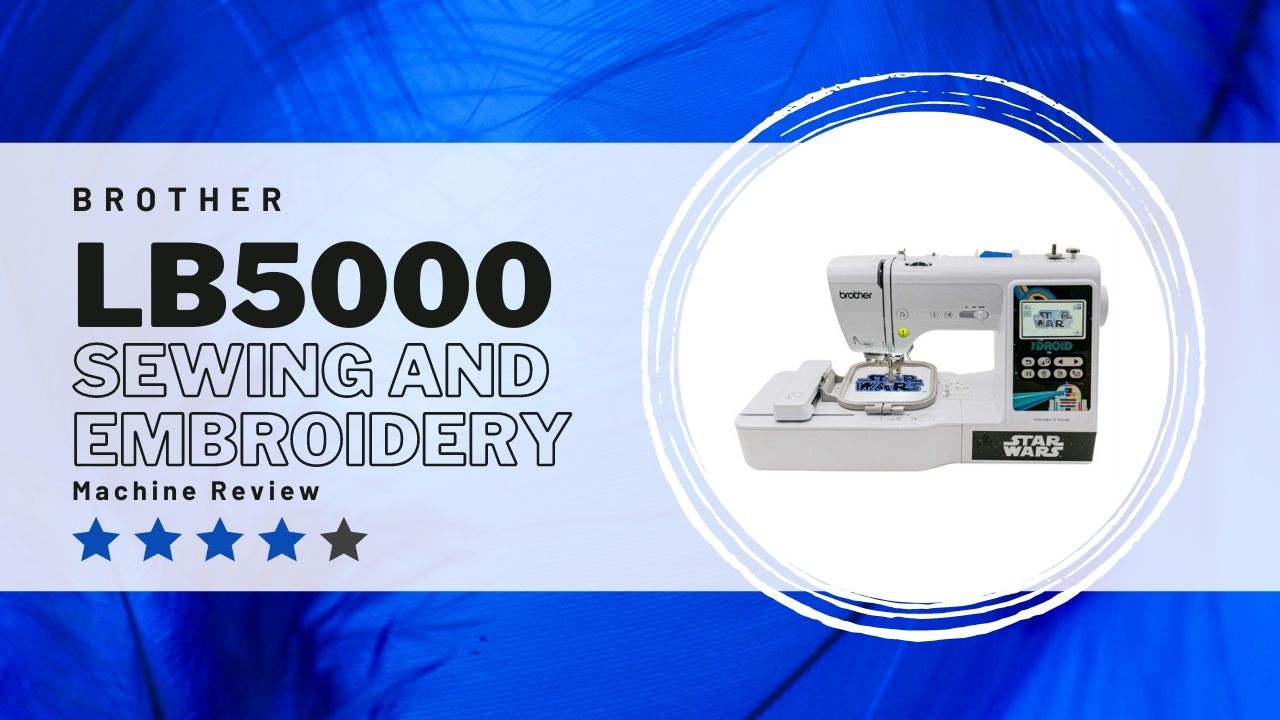Engaging in sewing is like any other activity: you need to have the tools and equipment to be efficient and have an excellent sewing experience.
Much like an athlete playing with a complete set of equipment, there are things and essentials you must have.
The sewing tools and equipment range from simple items to complex ones, but all must be present so you can sew flawlessly and without hassle.
So here are the essential tools and equipment for sewing.
Measuring Tape And Hem Gauge
Everything starts with this one, and you start the sewing activity even without holding any needle or not taking hold of the sewing machine.
Before engaging in sewing, you need to measure everything accurately, so this is an indispensable one.
It comes in various colors, but all have the needed inches and centimeters for accurate measurement.
Hem gauge, meanwhile, is a handy, short measuring device used for markings and, as the name implies, used primarily for measuring hems and the like. It comes in various forms; the most common is a ruler having a slider.
Pins and Pin Cushion
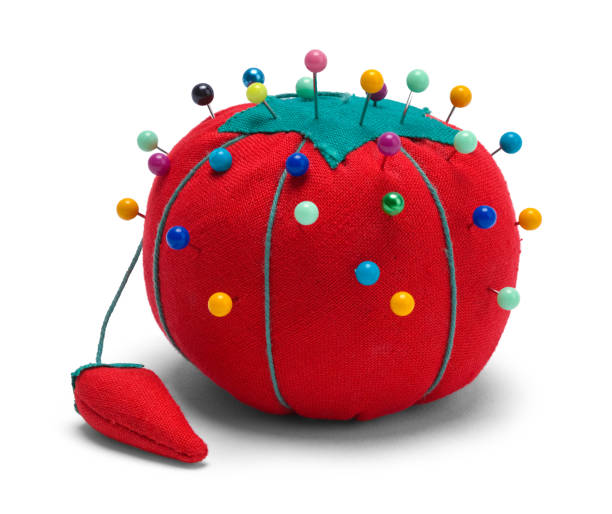
We all know what pins are, and sewists use them to keep the fabric in place. It comes in various forms, but most sewists prefer those with colorful round heads because they are handy and easier to use.
A pin cushion is where you put the needles and pins when not used.
The quintessential pin cushion is one shaped like a big red tomato and usually has fine sand inside, which keeps the pins and needles from rusting while keeping them sharp.
Needles
Whether you sew by hand or use a sewing machine, it does not matter: you need needles.
It comes in different sizes, depending on the need or utility, examples of which are sharps, used for hand sewing, leather needle, and embroidery needles.
There are also heavy needles used for sewing on thick fabric and some finer needles used for very light, delicate fabrics. Sewing needles also come in different sizes.
Related Reading: Want to know how to choose the appropriate sewing machine thread?
Thread
The needle’s intimate partner is the other most essential sewing tool. It comes in different colors and different thicknesses.
Whatever the case may be, you need to have one that is very durable and does not break easily.
Needle Threader
Why do you think “threading the eye of the needle,” as an expression, connotes difficulty?
Because it is not easy to insert a thread on the needle, which is the purpose of a needle threader, it makes it quicker.
Sewing machines, those that are advanced, have an automatic needle threader, but if you sew by hand or do manual threading, having this one is a must.
Seam Ripper
Even if you are a master sewist, you can still make mistakes. Unwanted stitches are an ever-present possibility, so you need to trim them if you ever have one.
A seam ripper is a tool for it, the one that all master sewists have in their kit.
It has a fine tip and a rounded tip; the fine tip is for removing a single thread, while the rounded tip allows you to deal with a whole seam without a harmful effect on the fabric.
Scissors
We all know what scissors are, but here, we must use scissors specifically for sewing activities.
Typically called fabric shears, they have specific geometry and features that allow for better cutting of fabric or material and, at the same time, make it comfortable for your hand, preventing tiredness or hand fatigue.
Pinking shears are a particular type of scissors with jagged blades ideal for light fabrics and seam finishing.
They come in different sizes, and other shear deals with different materials too. Embroidery scissors, for instance, are ideal when doing embroidery more than in sewing.
Whatever shears you use, it is best to keep them sharp by cleaning them regularly or even oiling them.
Pressing Tools
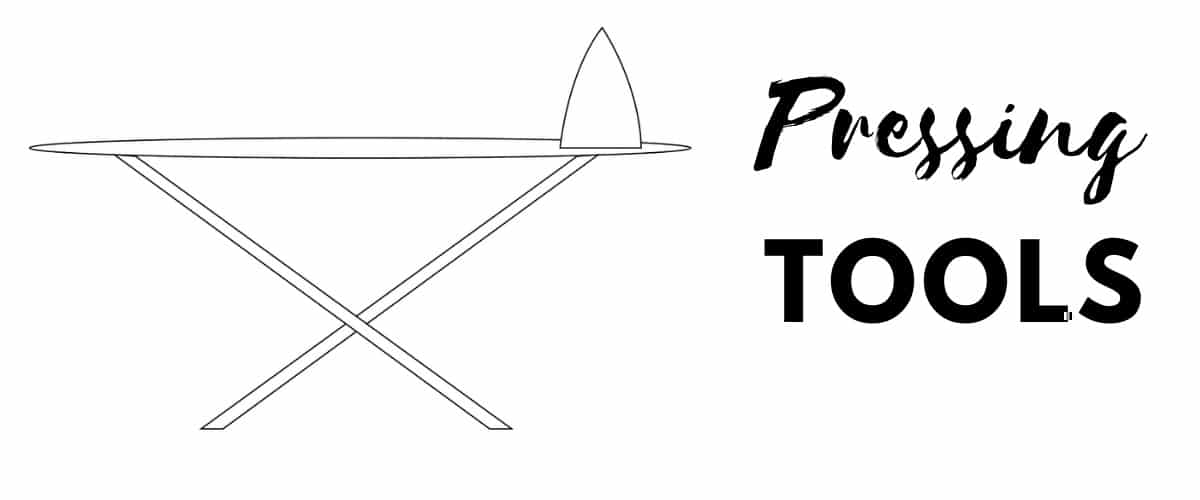
These tools are for pressing the sewing material, ensuring that you have a straightened fabric, garment, or cloth, which makes for easier sewing. There are several tools that you can use for pressing.
The most basic, of course, is the iron and iron board and the press cloth; it would be best to have them in handy.
Sewists use a press cloth between the iron and the fabric to prevent burning the actual material being sewn, and they are available in different weights.
Seam rolls, on the other hand, are ideal for pressing curves and seams and are a vital tool for sewing clothes since they mainly deal with the tube area of a garment.
Bodkin
This tool is for threading cords, elastics, ribbons, and the like through holes in a fabric or sewing project.
Meant initially “a sharp, pointed dagger,” this object is a big needle, usually made of metal, plastic, or even bones, and can sometimes be used as a hairpin.
Rotary Rulers
If you want to measure the sewing material accurately and need accurate, high-precision cutting, you will need rotary rulers. A rotary ruler can give you the precise, exact angle you need.
It is usually a 6×24 inch ruler, with from one inch to one-eighth inch marking and angles of 30, 45, and 60 degrees. This one is ideal for fabric cutting using a rotary mat and a rotary cutter.
Rotary Mat
A rotary mat is a type of material or pad used in tandem with a rotary cutter. You place the fabric or material in the rotary mat and then cut it using a rotary cutter.
The rotary mat’s texture and design make for precise, accurate cutting using a rotary cutter. It absorbs the cutter’s blade as it cuts through the fabric without any damage to the rotary mat.
It does not damage the cutter either, and the rotary mat is best because it keeps the material in place, not sliding, which is very probable when you use a board or a hard surface.
The rotary mat, usually made of vinyl, rubber, plastic, or glass, makes for seamless cutting.
A rotary mat is only compatible with a rotary cutter; you cannot use any other blade or knife to cut the material when you use a rotary mat.
Rotary Cutter
A rotary cutter is a sharp tool that accurately cuts a fabric or a sewing cloth. You need to use it in tandem with a rotary mat and ruler to give a very accurate, high-precise, seamless cutting.
You must be very careful when using a rotary cutter, for it may result in either injury or dulling of the blade. The latter is genuinely possible, significantly, if you accidentally drop the rotary cutter on the floor, which can affect its effectiveness.
You may also need to replace the blade to ensure effective fabric cutting from a rotary cutter.
Tailor’s Chalk
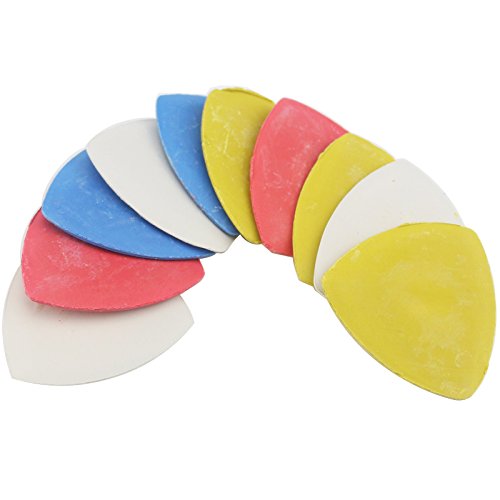
If you need to mark your material, you need a tailor’s chalk because this chalk easily rubs off from the garment or cloth and does not leave.
Depending on the color of the fabric or garment, you also need different colors to make other markings.
Thimble
Suppose you are more into hand sewing and embroidery work using hand; better to have a thimble. It is a protective gear worn on top of your fingers, usually made of plastic.
Sewing Kit
You have all the essential sewing tools and equipment, so the best thing now is to have a box, package, or container where you will have to put the sewing essentials.
You need a sewing kit where you can put all the small items such as needles, threads, scissors, tailor’s chalks, and all those essentials.
If you use a sewing machine, some have a drawer where you can put essential sewing items you need for your sewing activity.
Final Thoughts
We discuss the bare essentials and the minimum tools and equipment for sewing you need to use if you want to do any sewing-related activity.
The list is not exhaustive, but you can already have an excellent time sewing if you have these sewing tools and equipment.
These basic sewing tools can make the sewing activity seamless, the cutting of the fabric very accurate and precise, and in the case of the thimble and rotary mat, it can make sewing safe and free of injury.
If you have all of them, you can have an enjoyable and fun experience doing any sewing.

